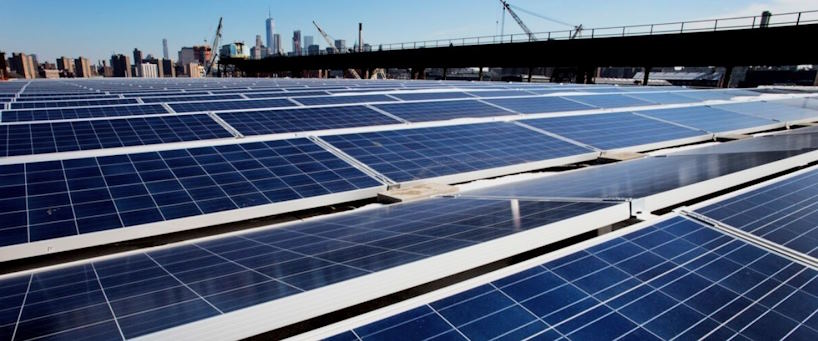Research and Development (R&D) Investment
Private Sector Commitment
Industries invest heavily in R&D to stay competitive and meet evolving market demands. It includes developing renewable energy technologies, improving energy storage solutions, and enhancing energy efficiency in various applications in the clean energy sector.
Academic and Research Institutions
Universities and organizations contribute by conducting fundamental and applied research. Their work often leads to breakthrough discoveries and technologies that industries can commercialize.
Accelerating Technology Development
Advanced Materials
Collaborations between material scientists and industries result in the development of advanced materials for clean energy applications. For example, lightweight and durable materials for wind turbine blades enhance efficiency and longevity.
Energy Storage
The partnership between research institutions and battery manufacturers has led to development of high-capacity and fast-charging batteries, which are crucial for renewable energy integration and electric vehicles.
Solar Technologies
Research collaborations have improved photovoltaic technologies, making solar panels more efficient and cost-effective.
Bridging the Gap Between Lab and Market
Incubators and Accelerators
Research institutions often have incubators or accelerator programs that support startups in the clean energy sector. These programs provide funding, mentorship, and resources to help bring innovative technologies to market.
Technology Transfer Offices
Universities and research institutions have technology transfer offices that facilitate the transition of research findings into commercial applications. They help negotiate licenses and collaborations with industry partners.

Policy and Regulation
Informing Policy
Collaborations between researchers and industry stakeholders can inform policymakers about the potential of clean energy technologies. This data-driven approach helps shape supportive policies and regulations.
Compliance and Standards
Industries work with research institutions to ensure that clean energy technologies meet regulatory standards, which is crucial for widespread adoption.
Environmental Impact and Sustainability
Life Cycle Analysis
Collaborations often include life cycle analysis of clean energy technologies. This comprehensive assessment helps identify environmental impacts and areas for improvement.
Sustainable Practices
By partnering with research institutions, industries can adopt more sustainable practices, reducing their carbon footprint.
Knowledge Sharing and Education
Workforce Development
Collaborations support workforce development by providing training and educational opportunities in clean energy technologies.
Public Outreach
Joint efforts can also involve public awareness campaigns to educate communities about the benefits of clean energy and sustainable practices.

